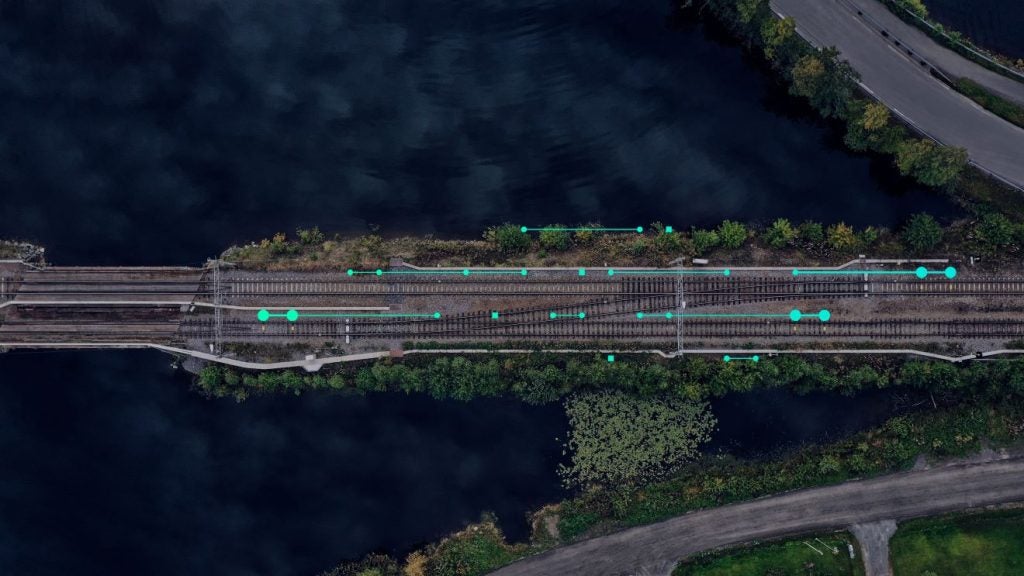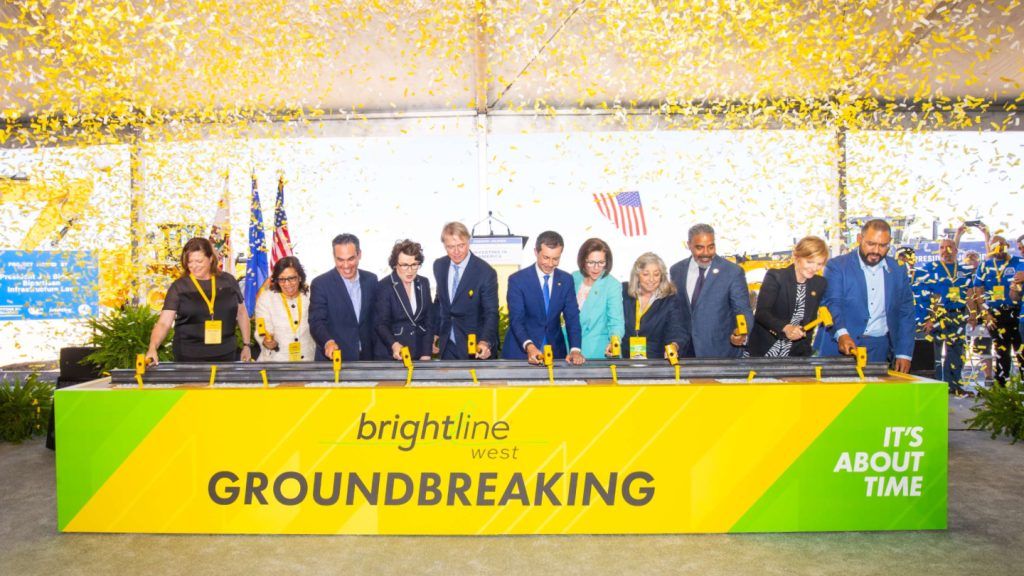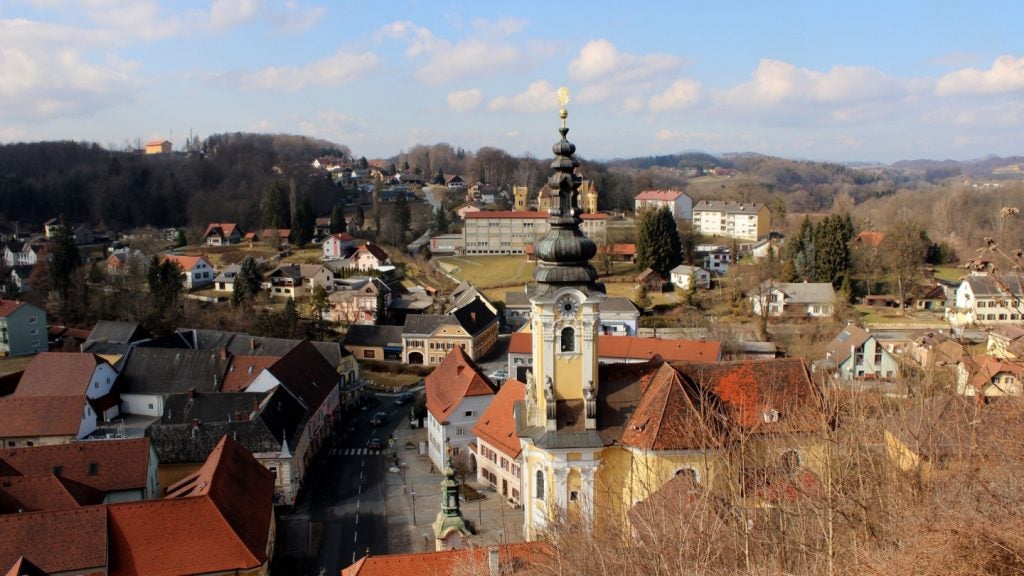
Stockholm City Line, one of Sweden’s largest and most important construction projects, is set to open in July, doubling rail capacity throughout the city.
Scandinavia’s rail network is currently developing at a phenomenal rate.
In Sweden, an ongoing ten-year infrastructure spending plan worth around £50bn is currently underway, targeting the most overcrowded areas of the country. And considering that eight out of every ten rail journeys begin or end in Stockholm, congestion in the most populous city of the Nordic region is currently a big challenge.
The Stockholm City Line, a 6km-long commuter train tunnel running between Tomteboda and Stockholm South, is seen as an answer to this issue. Once it opens to the public on 10 July, it promises to double track capacity in the city.
Although Stockholm enjoys a great public transport system, complete with new ferry lines and a recently introduced congestion charge to keep traffic volumes under control, reaching central Stockholm is difficult as the city sits atop an archipelago of small islands.
Furthermore, at present, all rail traffic in the capital, from commuter to freight trains, runs on only two tracks.
How well do you really know your competitors?
Access the most comprehensive Company Profiles on the market, powered by GlobalData. Save hours of research. Gain competitive edge.

Thank you!
Your download email will arrive shortly
Not ready to buy yet? Download a free sample
We are confident about the unique quality of our Company Profiles. However, we want you to make the most beneficial decision for your business, so we offer a free sample that you can download by submitting the below form
By GlobalDataPressed by the need for a more sustainable, long-term solution, the Swedish Transport Administration (Trafikverket) partnered with the City of Stockholm, Stockholm County Council and Stockholm Transport SL to deliver the €1.8bn underground tunnel for commuter trains.
According to the Trafikverket, the new line will not only service passengers travelling through central Stockholm, but will also “improve rail connections with the Mälaren Valley and the whole of Sweden”.
A challenging task
Stockholm City Line will run through a submerged concrete tunnel, passing mostly through rock and water on its way. It will also require the construction of a 1.4km-long bridge across older train tracks at Årsta.
Further, the project posed the challenge of drilling through Stockholm’s two billion years-old bedrock. Over four million tonnes of rocks – the equivalent of 30 skyscrapers – were blasted out to create 15km of underground tunnels, all within an incredibly tight working space.
“In many places it’s so crowded and narrow, two cars aren’t able to pass each other, and with the lorry transports this of course has been a logistic challenge,” says Pia Peurala, assisting business area manager at Strukton Rail Sweden, the engineering company contracted to build the rail infrastructure in the project. “To get a lower installation height, overhead lines in the tunnel consist of the contact strip of aluminum instead of the more frequently used contact wire. The technology is not new but it is the first time Strukton Rail uses it in our work,” Peurala adds.
All rock residues were recycled for the continued construction of the Stockholm City Line, as well as other infrastructure projects.
“When the blasting is done, it will not create a single massive explosion, but rather a percussive series of detonations and vibrations,” says Trafikverket.
Protecting the over ground architecture, both during construction and once the system becomes operational, is another key consideration.
Strukton used dampening mats of between 50mm and 85mm-thick to reduce vibrations from the trains. As Peurala explains, “Beneath the old Mary Magdalena Church, for example, we put the thickest mat layer to ensure the Church isn’t affected by the train vibrations.
“It has been [our] focus to create a clean working environment. For example, we have performed macadam work at night and watered it to minimise dust. The night time work also means we don’t interfere with regular traffic when it is performed on adjacent stations.”
Improved connectivity
The new line will service the three million people who live and work in Stockholm and the surrounding region.
Once the project is completed later this year, around 30,000 of a daily total of 56,000 boarding or alighting passengers will change between commuter trains and the underground at Stockholm Odenplan, one of the brand new stations.
The new stations, Stockholm Odenplan and Stockholm City, will be positioned deep underground at 35m and 45m respectively, and will feature glass partitions between the platforms and tracks, high-speed lifts and escalators in glass-enclosed stairwells. Although glass panels at the edge of the platform are commonplace in many other countries, in Sweden they are a novelty.
For ease, the new stations are located close to bus routes and metro lines, making interchanges easier, slashing overall commuting time.
Passengers alighting at the future Stockholm City station and T-Centralen will see their commute shortened by between two and five-and-a-half minutes, depending on which underground line they connect with.
“Today, about 550 trains pass the central station per day, of which 60% are suburban commuter trains,” Peurala says. “With the City Line, commuter trains get their two own tracks and leaves Stockholm City the double rail capacity. Trains can run more frequently and be more punctual.”
Also dubbed ‘the green tunnel’ by its developers, the City Line promises to ‘make it easier to use public transport and leave the car at home’.
“More people will be able to take public transport, and it will be possible to ship more goods by rail, thereby reducing greenhouse gas emissions,” Trafikverket says. “The result of all our hard work will be less exhaust fumes above ground and fast commuter trains below ground.







